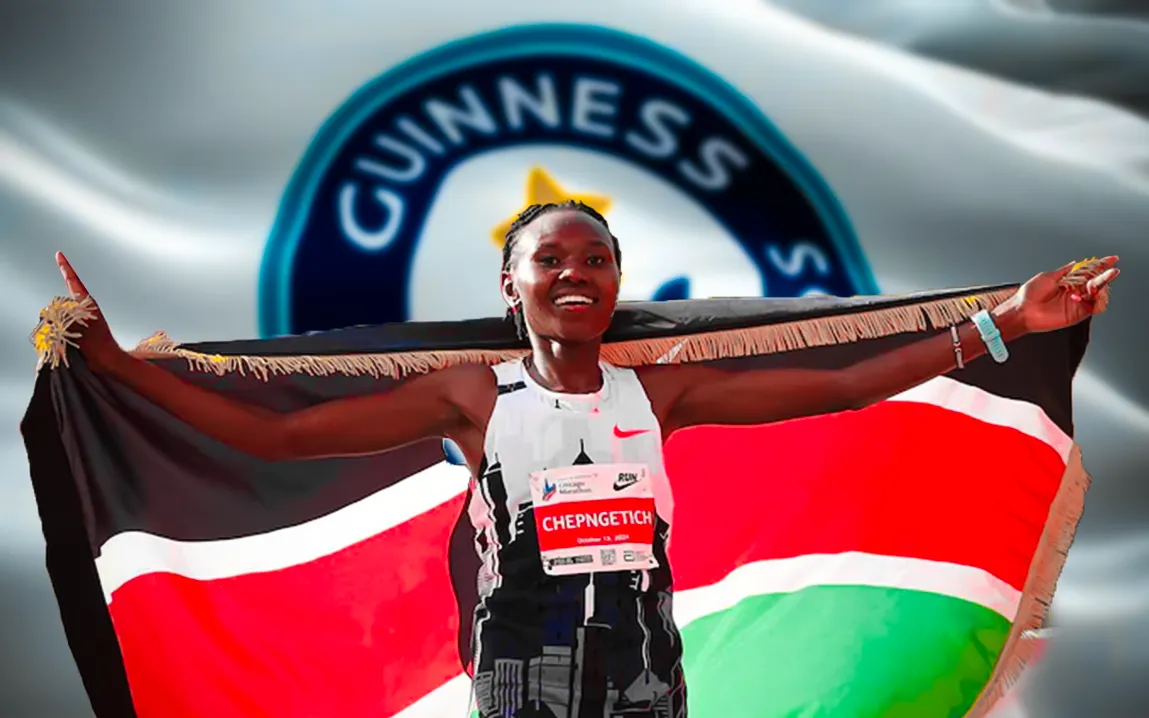Former US President Donald Trump continues to make headlines for a contentious social media post, this time involving a digitally altered image of himself as a star NFL player. In it, he appeared dressed in a football uniform and full pads and helmet, looking like a pro athlete. The post has since provoked a mixed reaction: some folks have enjoyed it; however, others complained that it should not be allowed in the mainstream political arena.
This now-viral image of Trump as an NFL player charging down the field attracted most of the social media users. It was soon turned out by many people to have been manipulated with the face of Trump superimposed over the body of an athlete. Yet, without any form of description or text, Trump proceeded to share it with his followers, provoking many guesses from the people. Was he joking or trying to add something strategic to the mix?
Whether it is because of those reasons or for any other reason, this post stirred hot debates among critics and supporters because they were making comments about the gong show. Some of the social media users joked with the picture, while others made light of it with memes over hypothetical NFL careers for Trump. Others aired their anxieties over the alteration of pictures and the spreading of false information that arises online—hastily through political figures’ mouths.
This is by no means the first controversy in which the president was involved in the sharing of manipulated or factually incorrect content. While president, and certainly since leaving office, Trump has frequently relied on social media to propagate memes, doctored images, and edited videos as a means of communication with his base. Many of these posts have been deemed jokes or light jabs; yet, there have been several controversies over the impact they might have on public discourse.
Another aspect of the repeated use of false images, despite them being used for jest, is that it starts creating a culture of misinformation. Since he has millions of followers on various platforms, Trump’s posts can influence large parts of the population. The think tank fears that these kinds of images and similar satirical examples when circulated without the attachment of factual information, blur the lines between reality and satire, and it becomes hard to tell what is real or fake in an already contentious political environment.
On the other hand, Trump’s supporters have been consistent in defending and making excuses about such posts by considering them part of the grand look and aesthetic of an unconventional approach with frequent jokes meant to connect with his audience. The NFL image is simply another example of how Trump connects with his followers through populist, often cheeky messaging, which they perceive as harmless and even meant to entertain rather than manipulate.
Although the image itself may not carry any significant implications, it does point towards the larger concern of the present digital world: how easily manipulated content can spread across the internet and the hard time that is now there in distinguishing between the original and counterfeit copies. While deepfakes, memes, and tampered images continue their rapid course toward photorealism, it becomes pertinent for public figures to have power through persuasion in images along with their flexibility.
Thus, the post has thus far elicited its fair share of laughter, criticism, and debate, with everyone hanging on to see what Trump next does in the ever-changing domain of political and digital communication. Perhaps incidentally or otherwise, this post has once again catapulted Trump into the limelight of newspaper history, reaffirming his omnipotence to hijack headlines even beyond traditional paths of politics.




